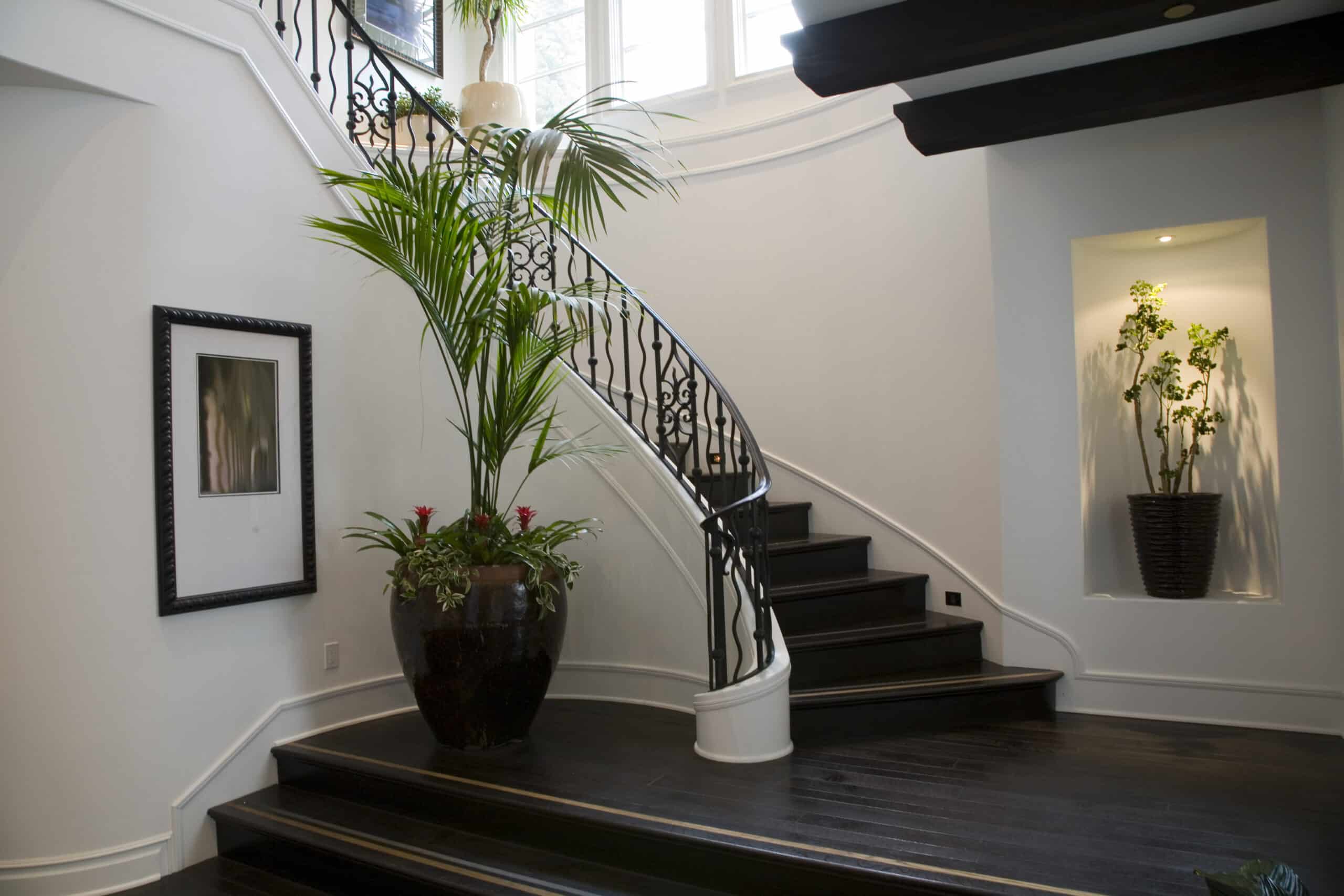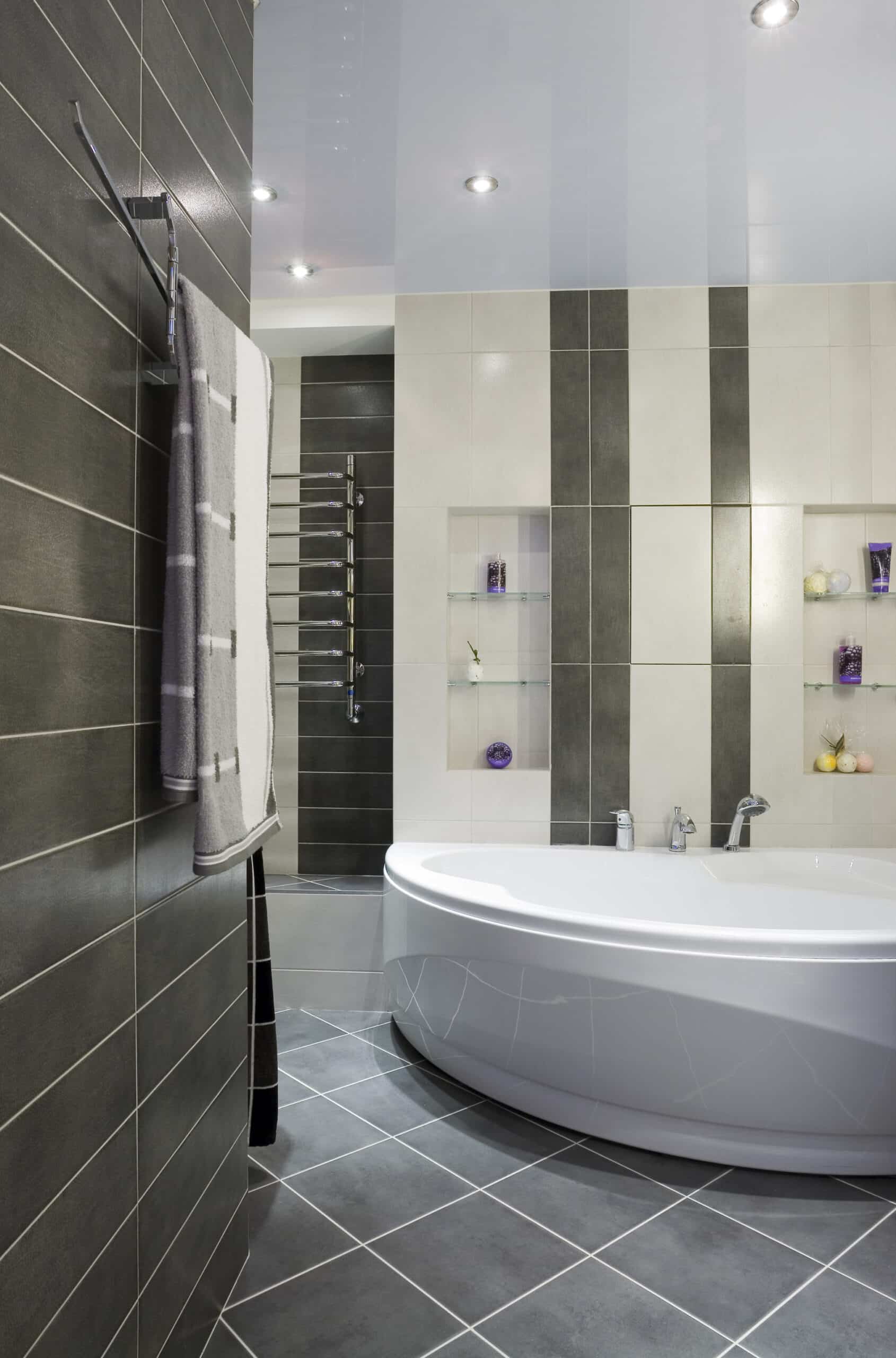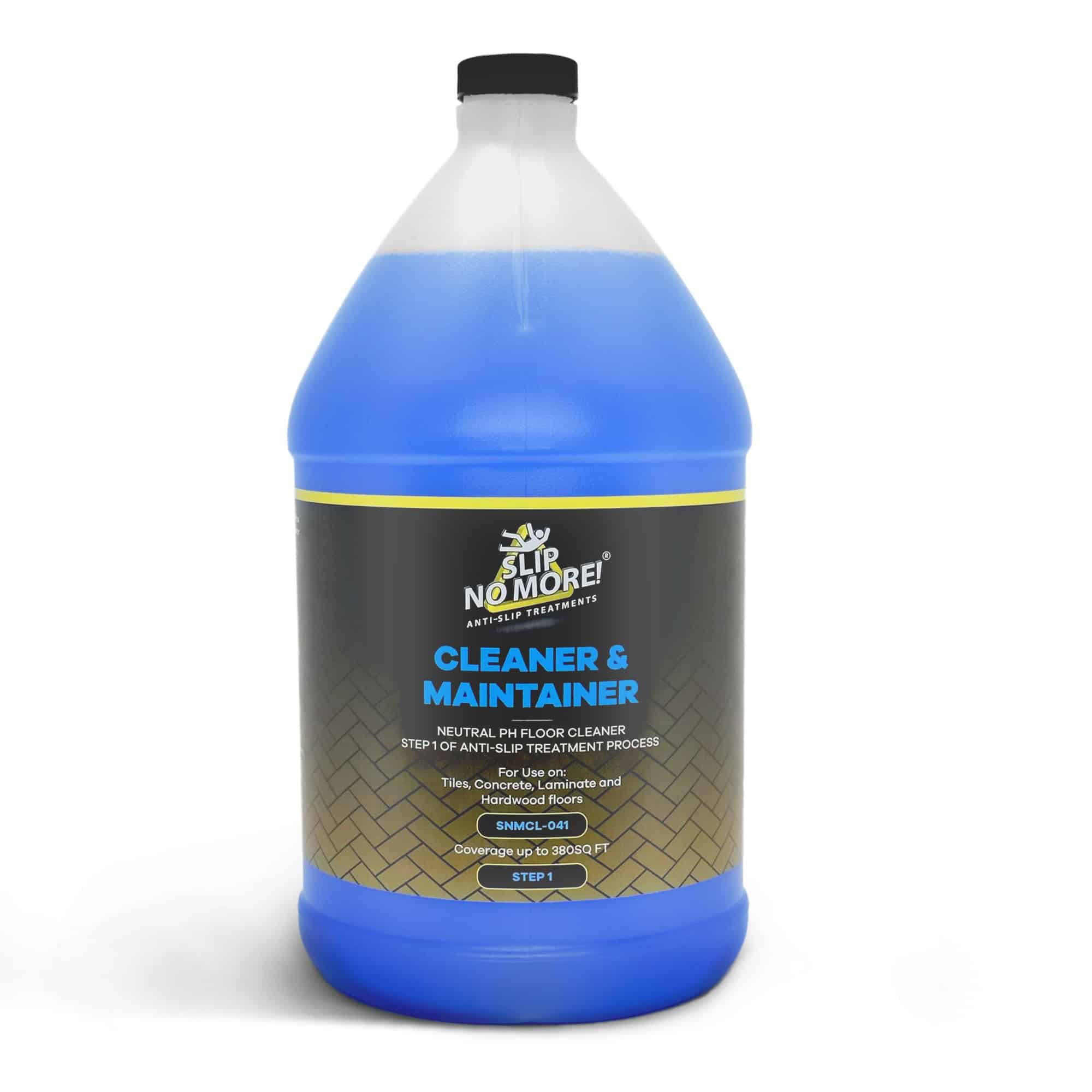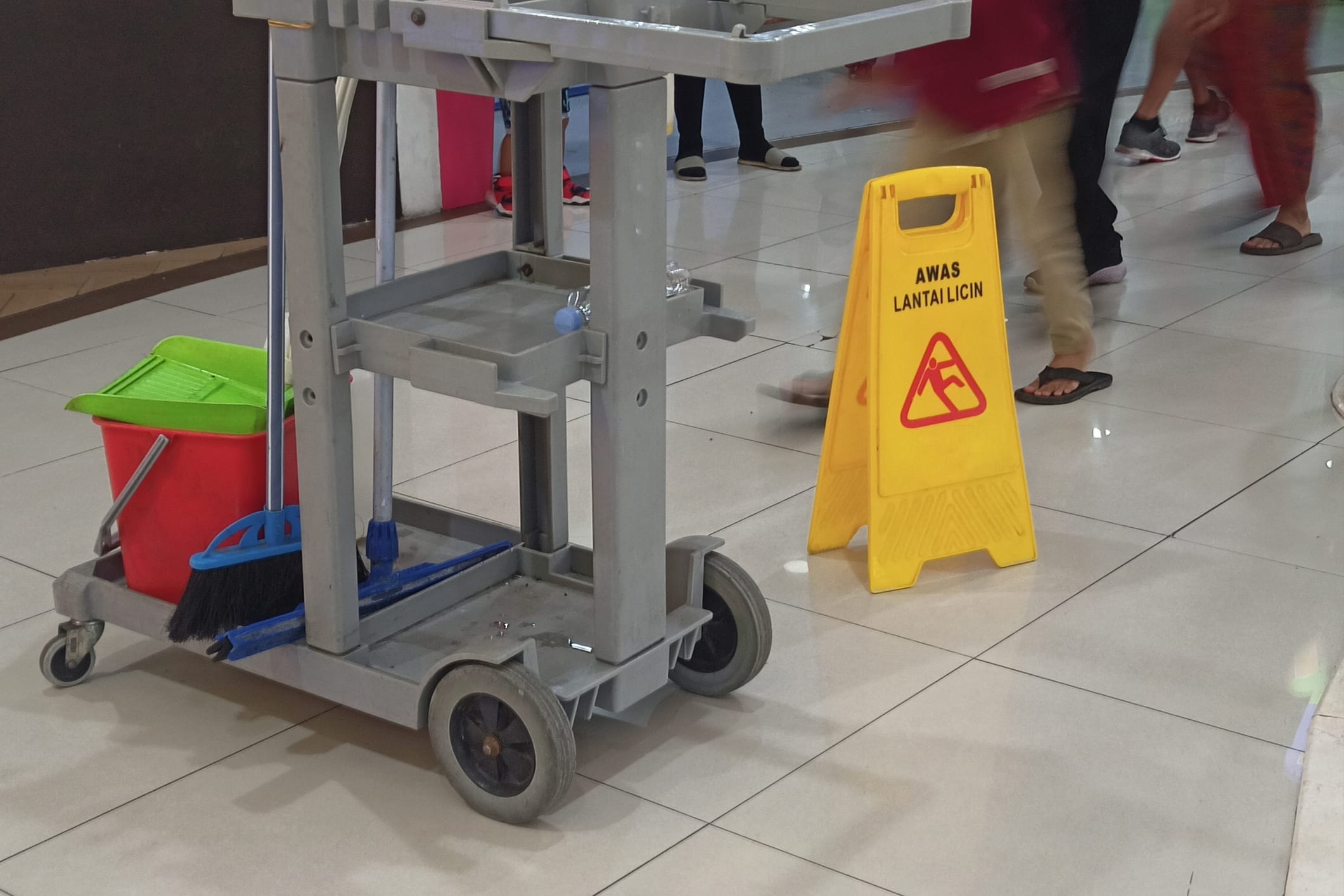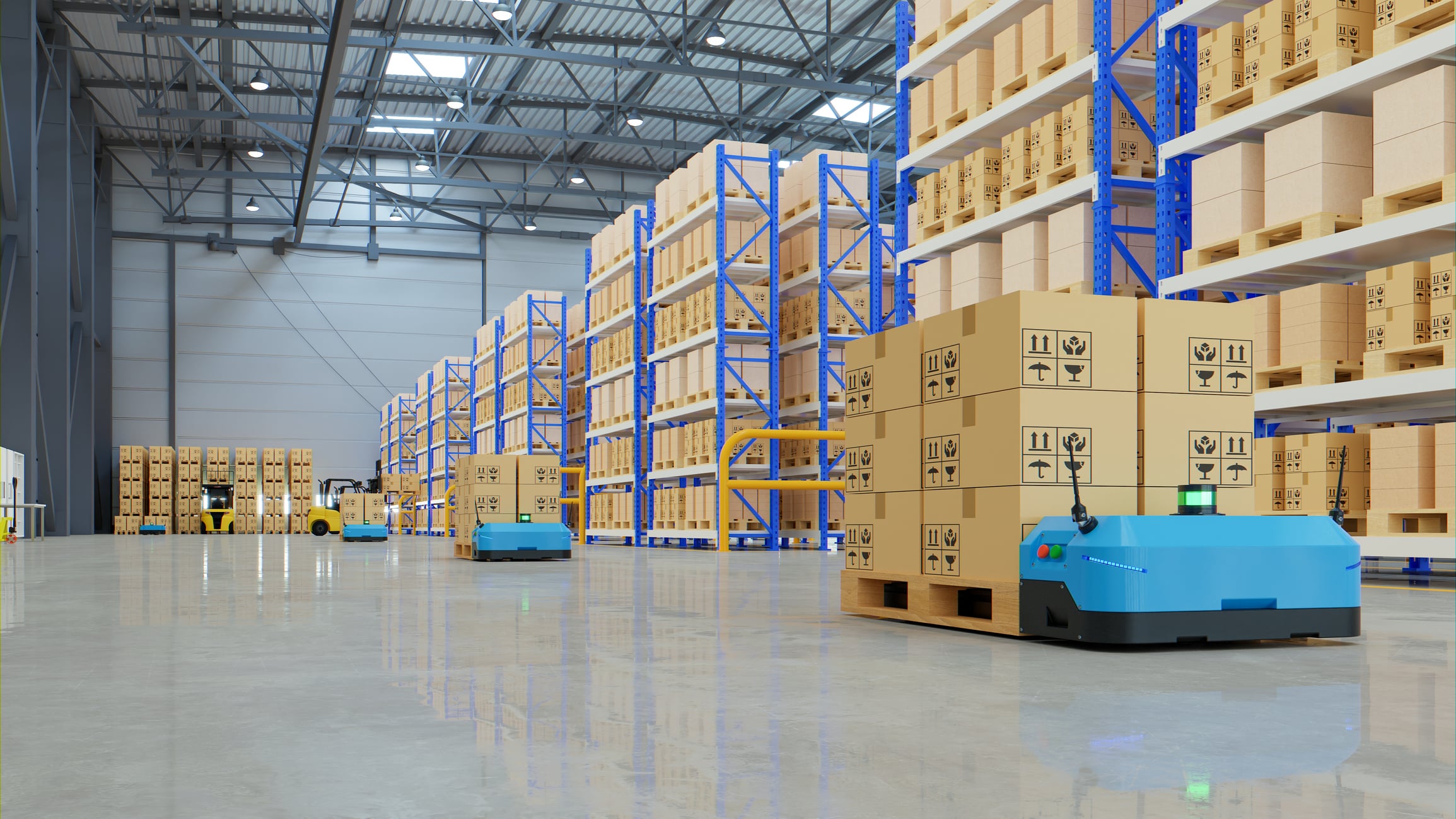Welcome to the ultimate guide for choosing safe flooring for your home. Your flooring choices can significantly impact your family’s health and safety, so it’s important to make informed decisions. This comprehensive guide will walk you through everything you need to know about selecting flooring materials that promote a healthy indoor environment.
From hardwood to laminate, vinyl to carpet, we will explore the pros and cons of each type of flooring. We will delve into the potential health risks associated with certain materials and discuss how to minimize those risks. Additionally, we will provide tips on maintaining and caring for your chosen flooring to ensure its longevity.
Our goal is to empower you with the knowledge and information you need to make confident decisions about flooring for your home. We have you covered whether you have children or pets, allergies, or sensitivities. So, let’s dive in and find the perfect safe flooring option for your home!
Importance of choosing safe flooring for your home
Choosing the right flooring is crucial when creating a healthy and safe living environment for your family. Many traditional flooring materials can release harmful chemicals into the air, known as volatile organic compounds (VOCs), which can adversely affect indoor air quality and overall health. These VOCs can cause respiratory issues, allergies, and even long-term health problems.
Moreover, certain types of flooring can harbor allergens, dust mites, and other irritants, making them unsuitable for individuals with allergies or asthma. To ensure the well-being of your loved ones, it is essential to select flooring materials that are safe, non-toxic, and promote good indoor air quality.
This comprehensive guide will explore the various types of flooring available on the market, their potential health risks, and how to make informed decisions based on your specific needs and lifestyle.
Common types of flooring and their potential health risks
1. Hardwood Flooring
Hardwood flooring is a popular choice for its timeless beauty and durability. However, some hardwood flooring options may contain formaldehyde, a known carcinogen. When selecting hardwood flooring, opt for products with low formaldehyde emissions or that are certified as formaldehyde-free. This is a good choice if you want safe flooring.
Additionally, hardwood safe flooring can be susceptible to mold and mildew growth if exposed to moisture. Proper sealing and regular maintenance are crucial to prevent water damage and the growth of harmful microorganisms.
2. Laminate Flooring
Laminate flooring is a cost-effective alternative to hardwood safe flooring and is also considered safe flooring. However, some laminate products can emit high levels of formaldehyde and other VOCs. To ensure safe flooring, look for laminate flooring with low VOC emissions or those certified as low-emitting by reputable third-party organizations.
Another consideration with laminate flooring is that it is not moisture-resistant safe flooring. If water seeps into the joints or under the flooring, it can cause swelling, warping, and the growth of mold and mildew. Proper installation of moisture barriers is essential to prevent these issues.
3. Vinyl Flooring
Vinyl safe flooring is known for its durability, affordability, and water resistance. However, certain vinyl flooring safe flooring products can release phthalates, chemicals linked to reproductive and developmental issues. Choosing phthalate-free vinyl flooring options or those certified as low in phthalates is advisable.
Additionally, vinyl safe flooring can emit VOCs, especially when it is newly installed. To minimize potential health risks, opt for vinyl flooring with low VOC emissions or those certified as low-emitting.
4. Carpet Flooring
Carpet flooring provides warmth, comfort, and noise reduction. However, carpets can trap allergens, dust mites, and pet dander, making them less suitable for individuals with allergies or asthma. Regular vacuuming and professional cleaning can help maintain better indoor air quality. Capets are considered very safe flooring options when it comes to floor safety.
Additionally, some carpets may contain volatile organic compounds, flame retardants, or stain-resistant treatments that can release harmful chemicals into the air. Look for carpets certified as low VOC or those made from natural materials, such as wool, which are inherently less toxic.
It’s important to note that carpet installation can also release VOCs for a period after installation. Proper ventilation and airing out the room can help minimize exposure to these chemicals.
Assessing your needs and lifestyle for safe flooring selection
Choosing the right flooring for your home goes beyond considering potential health risks. Determining your specific needs and lifestyle is essential to ensure the flooring also meets your practical requirements.
1. Foot Traffic
Consider the foot traffic in the room or area where the flooring will be installed. High-traffic areas like entryways or living rooms may require more durable flooring options, like hardwood or tile, to withstand daily wear and tear.
2. Moisture Exposure
Determine the level of moisture exposure the flooring will experience. Bathrooms, kitchens, and basements often have higher humidity levels, making moisture-resistant flooring, such as tile or vinyl, more suitable.
3. Pets and Children
If you have pets or young children, consider flooring options resistant to scratches, stains, and spills. Hardwood, laminate, or tile flooring can be more forgiving and more accessible to clean.
4. Allergies and Sensitivities
Individuals with allergies or sensitivities may benefit from hypoallergenic flooring options that are easy to clean. Hard surfaces like hardwood, tile, or vinyl are generally better for minimizing allergens than carpets.
By carefully evaluating your needs and lifestyle, you can narrow down the flooring options that best suit your requirements.
Understanding different safe flooring materials and their safety features
1. Hardwood Flooring
Hardwood flooring is a timeless choice that can add warmth and elegance to any home. Look for hardwood flooring certified as formaldehyde-free or with low formaldehyde emissions. Additionally, choose hardwood flooring that has been responsibly sourced and approved by organizations such as the Forest Stewardship Council (FSC) for sustainable and ethical practices.
2. Laminate Flooring
Laminate flooring is a cost-effective alternative to hardwood and can mimic the look of natural wood. Opt for laminate flooring certified as low-emitting and low formaldehyde emissions. High-quality laminate flooring may also have scratch-resistant and water-resistant features.
3. Vinyl Flooring
Vinyl flooring comes in various styles and designs, including luxury vinyl tile (LVT) and plank flooring. Choose vinyl flooring that is phthalate-free or has low phthalate content. Look for certifications such as FloorScore or GREENGUARD that ensure low VOC emissions.
4. Carpet Flooring
Carpet flooring offers softness and comfort underfoot. Select carpets made from natural materials like wool are inherently low in VOCs and less likely to contain harmful chemicals. Look for carpets that are certified as low VOC or have achieved certifications like the Carpet and Rug Institute’s Green Label Plus.
To minimize potential health risks, remember to prioritize flooring materials that have been tested and certified for safety by reputable organizations.
Choosing non-toxic and low VOC flooring options
When selecting safe flooring for your home, choosing materials that are non-toxic and low in VOC emissions is crucial. Here are some options to consider:
1. Solid Hardwood Flooring
Solid hardwood flooring made from sustainably sourced wood is an excellent choice for natural and non-toxic flooring. Look for hardwood flooring certified as formaldehyde-free or with low formaldehyde emissions.
2. Engineered Hardwood Flooring
Engineered hardwood flooring consists of a real wood veneer on top of a plywood or composite core. Opt for engineered hardwood flooring with low formaldehyde emissions and choose products from reputable manufacturers.
3. Bamboo Flooring
Bamboo flooring is an eco-friendly alternative to traditional hardwood flooring. It is made from fast-growing bamboo grass and is often manufactured without harmful adhesives or chemicals. Look for bamboo flooring certified as low VOC or has achieved reputable certifications.
4. Cork Flooring
Cork flooring is a sustainable and natural option known for its comfort and insulation properties. It is made from the bark of the cork oak tree and does not release harmful chemicals. Choose cork flooring certified as low VOC and has achieved certifications such as GREENGUARD.
5. Natural Stone Tile
Natural stone tile, such as granite, marble, or travertine, is a durable and non-toxic flooring choice. Ensure the stone has not been treated with harmful chemicals or sealants. Natural stone tiles are typically low in VOC emissions and provide a beautiful, long-lasting flooring solution.
Remember to inquire about the flooring’s VOC emissions, certifications, and manufacturing processes to make an informed decision.
Evaluating flooring certifications and labels for safety
To ensure the safety of your chosen flooring, it’s essential to look for certifications and labels that indicate low toxicity and good indoor air quality. Here are some reputable certifications to look out for:
1. FloorScore
FloorScore is a certification program that tests and certifies flooring products for low VOC emissions. Products with the FloorScore certification have undergone rigorous testing to meet strict indoor air quality standards.
2. GREENGUARD
GREENGUARD is a widely recognized certification program that evaluates products for low chemical emissions. Flooring products with the GREENGUARD certification have been tested to ensure they do not release harmful chemicals into the indoor air.
3. Carpet and Rug Institute’s Green Label Plus
The Carpet and Rug Institute’s Green Label Plus certification focuses on carpet products. Carpets with this certification have been tested for low VOC emissions and are considered environmentally friendly and safe for indoor air quality.
4. Forest Stewardship Council (FSC)
The Forest Stewardship Council is an international organization that promotes responsible forest management. When choosing hardwood flooring, look for products certified by the FSC, ensuring that the wood has been sourced sustainably and ethically.
By selecting flooring products with these certifications, you can have peace of mind knowing that your chosen materials have been tested for safety and environmental impact.
Safe flooring installation practices
Even with safe and non-toxic flooring materials, following proper installation practices is important to minimize potential health risks. Here are some tips for safe flooring installation:
1. Ventilation
Ensure that the installation area is well-ventilated during the flooring installation process. Open windows and use fans to promote air circulation, which can help dissipate any potential off-gassing from the flooring materials.
2. Adhesives and Sealants
If using adhesives or sealants during installation, choose low-VOC or zero-VOC products. These products have lower levels of harmful chemicals, reducing the potential for indoor air pollution.
3. Follow Manufacturer’s Instructions
Always follow the manufacturer’s installation instructions carefully. Improper installation can lead to gaps, uneven flooring, or other issues that may impact the flooring’s safety and longevity.
4. Professional Installation
For complex flooring installations, consider hiring a professional flooring installer. Professionals have the experience and expertise to install the flooring correctly and safely.
Adhering to these installation practices can minimize potential health risks and ensure safe, well-installed flooring.
Maintaining and cleaning safe flooring
Proper maintenance and cleaning are essential for preserving the longevity and safety of your chosen flooring. Here are some tips for maintaining and cleaning different types of safe flooring:
1. Hardwood Flooring
To achieve safe flooring, regularly sweep or vacuum hardwood floors to remove dirt and debris. Use a damp mop with a mild cleanser specifically formulated for hardwood floors. Avoid excessive moisture, as it can damage the wood. Consider using touch-up kits or refinishing to restore the floor’s appearance if scratches occur.
2. Laminate Flooring
Sweep or vacuum laminate floors regularly to remove dust and dirt. Clean the floors with a damp mop using a manufacturer-approved laminate floor cleaner. Avoid excessive water or liquid, which can seep into the joints and cause damage. Follow this tip and you will be on your way to achieve safe flooring
3. Vinyl Flooring
Sweep or vacuum vinyl floors regularly to remove dirt and debris. Clean the floors with a damp mop using a mild cleanser recommended by the manufacturer. Avoid using abrasive cleaners or scrub brushes that can damage the surface.
4. Carpet Flooring
Regularly vacuum carpet flooring to remove dirt, dust, and allergens. Consider professional deep cleaning at least once a year to maintain good indoor air quality. Promptly attend to spills or stains by blotting them with a clean cloth and using a carpet cleaner suitable for the type of carpet.
Following the appropriate cleaning and maintenance practices for your chosen flooring can ensure its longevity and maintain a safe living environment.
Budget considerations for safe flooring
When selecting safe flooring for your home, it’s essential to consider your budget. While some eco-friendly and non-toxic flooring options may be more expensive upfront, they can provide long-term benefits and savings regarding health, durability, and energy efficiency.
It’s also worth considering the lifespan of different flooring materials. While carpet may be less expensive initially, it may need to be replaced more frequently, whereas hardwood or tile flooring can last for decades with proper care.
Research different flooring options, compare prices, and consider the long-term value and benefits when deciding. Remember that safe flooring invests in your family’s health and well-being.
Conclusion: Creating a healthy and safe living environment with the right flooring choice
Choosing safe flooring for your home is crucial in creating a healthy and safe living environment for your family. You can make informed decisions by understanding the potential health risks associated with different types of flooring materials and considering your specific needs and lifestyle.
Opt for non-toxic and low VOC flooring options, look for reputable certifications and labels, and follow proper installation and maintenance practices. These steps will help minimize potential health risks, promote good indoor air quality, and ensure the longevity of your chosen flooring.
Remember, your flooring choices can have a significant impact on the overall well-being of your family. By investing in safe flooring, you are investing in your home’s health, comfort, and safety for years to come.
Types of slip prevention products
Four main categories of injury prevention products increase the safety of your floors. When selecting slip-prevention products, always ask a specialist who can guide you. There are different types of slippery floors.
Anti-Slip Treatments: These safe flooring products are the best defense against slippery tiles. They are a sure way to increase the safety of your tiles. Used indoors and outdoors, they last for years. An important note is that they only work on unsealed tiles.
Non-Slip Coatings: Perfect for high-traffic and low-traffic areas. Always choose the right safe flooring product for your use.
Anti-Slip Tape: A versatile safe flooring product that is used on stairs and ramps. Anti-slip tape is excellent indoors and outdoors and works on many different surfaces.
Cleaning and Maintenance Products: These products should be of the highest quality. Be sure to check the cleaning recommendations of the floor safety products that you have installed.
About Slip No More
With more than 15 years of experience in the slip-prevention industry, our safe flooring products solve the problem of slippery floors in all areas. Specializing in floor safety, the company has become synonymous with reliable solutions for preventing slips and falls.
Slip No More offers various anti-slip products designed for different surfaces.
As part of our global expansion strategy, we actively engage with our audience about safe flooring on various social media platforms. Slip No More maintains a strong presence on platforms like Facebook, Instagram, Twitter, Linked In, and YouTube. We love connecting with customers and sharing valuable insights on safety measures. This strategic use of social media fosters brand awareness and allows us to interact directly with our diverse customer base.
If you found this article helpful, take a look at our related articles:

